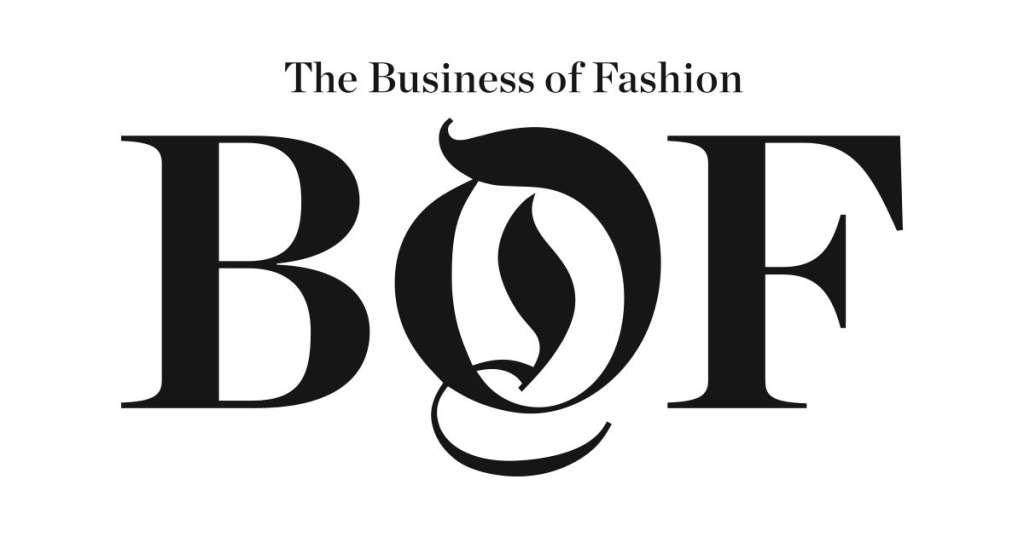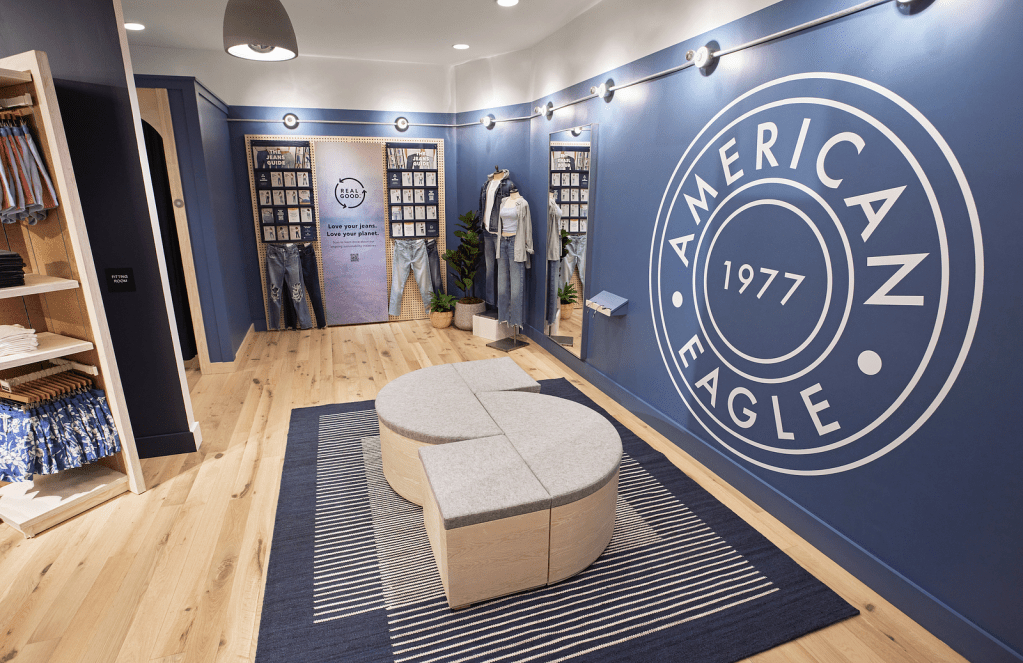The chains are exceeding sales expectations in a choppy market by giving young shoppers the products they want, in just the right amount.

BY CATHALEEN CHEN / Link to article
Maybe the American consumer isn’t done shopping after all.
Earlier this week, mall chains Abercrombie & Fitch and American Eagle Outfitters lifted their fourth-quarter sales guidance based on early indication of strong demand for their winter assortment.
The upgrades upended conventional wisdom that a post-pandemic spending boom was coming to an end, as rising levels of credit card debt and higher prices left less to spend at the mall. Instead, Abercrombie, which also owns the teen brand Hollister, said it expects fourth-quarter sales to grow in the high teens from a year earlier, while American Eagle said revenue in the period rose about 8 percent. Lululemon also recently raised its forecast for holiday results.
Those companies are outliers in some ways: sales at clothing and accessories stores fell by 0.4 percent in December from the previous month, data from the National Retail Federation shows. Nike, Levi’s and Coach-owner Tapestry are among retailers that slashed their sales estimates this year.
The success of Abercrombie and American Eagle in navigating a tricky holiday season is proof that even during a spending pullback, the right merchandise – in this case, baggy pants, activewear and, for Abercrombie, a viral sweatshirt – can still draw shoppers. Just as critically, the two retailers have built nimble supply chains that ensure the right products are in stock when they’re hot, with little left over once fickle teen shoppers move on to the next trend.
“We’re in a period where some [retailers] are doing well and others aren’t,” said Dylan Carden, retail analyst at William Blair, adding that retailers like Abercrombie are doing well “because they’ve gotten the product right.”
Big Pants Energy
If there’s a singular style that young consumers can’t get enough of, it’d be baggy pants, according to Rebecca Duval, retail analyst at BlueFin Research.
In its third-quarter earnings call, Abercrombie highlighted its expansion in the bottoms business — specifically non-denim pants. American Eagle Outfitters also noted strong performance in its new bottom styles in the third quarter, which included “twills, cargoes and wider legs,” said Jennifer Foyle, president and executive creative director at the company.
The wide-leg silhouette is hardly new in the fashion cycle. Skinny jeans were first unseated as the reigning top denim style in 2021, while the Y2K trend — which gave rise to cargo pants and low-rise jeans — has influenced mainstream fashion since the late 2010s. However, the popularity of loose bottoms reached new heights last year amid the quiet luxury craze, in which trousers became one of the most coveted styles on TikTok and beyond.
It takes time for new trends to trickle to the mainstream; while early adopters in fashion capitals like New York and Paris may have long donned baggy pants, the bottoms reset has finally reached the masses in recent months. This has been a boon to retailers like Hollsiter and American Eagle, according to Duval.
“The teens are just loving it, and it’s catching fire very quickly,” she said. “On top of that, when you have new bottoms silhouettes, people tend to buy new tops as well. That’s not the case vice versa.”
Both Abercrombie and American Eagle also benefited from their respective entries into the activewear category. American Eagle’s Aerie brand launched its own active sub-brand, Offline, in 2020. Its V-waisted leggings have been a best seller since 2021, while Abercrombie went viral last fall for a camouflage-printed hoodie.
Supply Chain Agility
Both Abercrombie and American Eagle operate vertically, meaning they own their manufacturing process and sell clothes through their own stores, rather than wholesale.
This has allowed them to quickly identify when a product takes off, and then order more. That increases sales while limiting the chances they’ll be stuck with unsold merchandise at the end of a season that must be discounted. Its viral camouflage hoodie, for instance, sold out through multiple drops, according to fans on TikTok. It’s currently available in only one size.
“Abercrombie is almost willing to miss a sale in favour of margins,” said Carden. “Their whole strategy is X’s and O’s — being conservative and yielding focus on inventory. A lot of unsexy stuff.”
In addition to building out an efficient supply chain, Abercrombie & Fitch, which saw its stock more than triple in value in 2023, has been able to grow its customer base and mature alongside its Millennial customers. Hollister, meanwhile, remains firmly rooted in teen fashion.
“When Fran [Horowitz] came in [as CEO] in 2017, one of the first things she did was distinguish the two brands by ageing up Abercrombie,” said Carden. “There’s a broader customer segment here now than [in the past] for Abercrombie.”
Abercrombie has also gained a new audience among Black consumers, a group that used to be alienated by the old Abercrombie brand, according to Duval. In a November earnings call, Horowitz underscored a recent collection with Harlem’s Fashion Row designer Nicole Benefield for resonating with new and existing customers online and on social media.
